Search Images
Browse Content (p. 809)
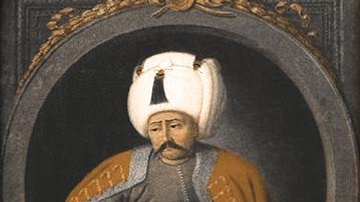
Image
Selim I
This is a painting of Yavuz Sultan Selim I (r. 1512-1520 CE), the ninth Sultan of the Ottoman Empire (1299-1924 CE). Painted sometime between 1789 and 1806 CE.

Image
Calligraphy of Abbas ibn Abd al-Muttalib
A calligraphic vector diagram of the name of Abbas ibn Abd al-Muttalib (c. 568–c. 653 CE), an uncle of the Islamic Prophet Muhammad and progenitor of the Abbasid Dynasty.

Image
Earliest Abbasid Era Manuscript
This 13th Century CE Arabic manuscript is the earliest manuscript from the Abbasid era (750-1258 CE). The Abbasids initiated a cascade of translation activities to preserve and further aggrandize western and eastern knowledge. Part of the...
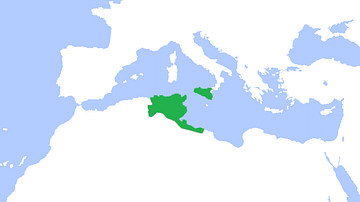
Image
Map of Aghlabid Emirate
This is a map showing the greatest extent of the Aghlabids (800-909 CE).
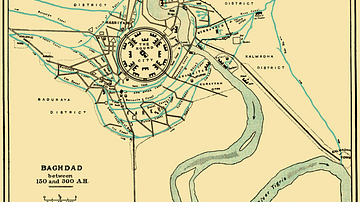
Image
City Plan of Medieval Baghdad
This map shows the layout of the Abbasid capital of Baghdad from 767 to 912 CE (it was subjected to changes with time), situated in modern day Iraq. The basic structure was circular.
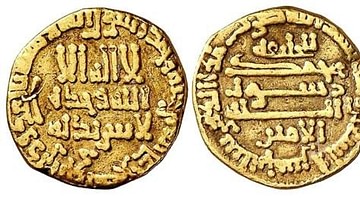
Image
Gold Dinar of Al-Amin
Dinars (gold coins) minted in the reign of Caliph Al-Amin (r. 809-813 CE) of the Abbasid Dynasty (750-1258 CE).
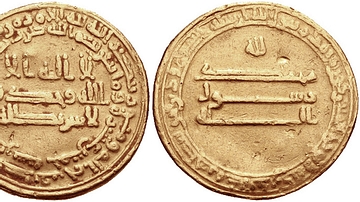
Image
Gold Dinars of Al-Ma'mun
These are the dinars (gold coins) inscribed in the reign of Caliph al-Ma'mun (r. 813-833 CE). Notice that they consist of inscriptions only and not illustrations, as was the case with Rashidun and early Umayyad coins, the Umayyad Caliph Abd...

Image
Flag of the Abbasid Dynasty
This flag was used by the Abbasid Dynasty in addition to the simple black standard of their family.
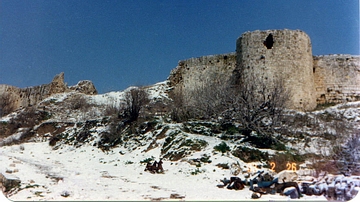
Image
Tebnine Castle, Lebanon
Crusader castle in the village of Tebnine, Lebanon. Photo taken 1983 CE.
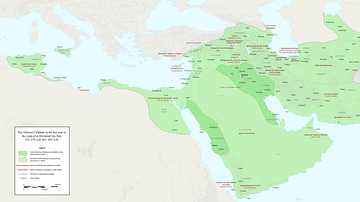
Image
Fragmentation of the Abbasid Empire (891-892 CE)
A map showing various territories that were carved up by local rulers in the late 9th Century CE, either under the suzerainty of the Abbasid Dynasty or in rebellion against the Abbasid Empire.